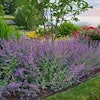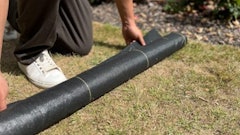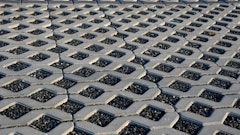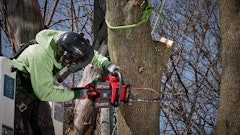As reported by KPC Media Group based in Indiana, a new species of white grub is making its presence felt in northwestern Indiana this spring. The bigger problem is that traditional pesticides historically used to eradicate grubs have proven ineffective.
A turfgrass entomologist at Purdue University has also weighed in on this issue in a spring blog post. “The European chafer Rhizotrogus majalis Razoumowsky is a slightly different beast than our more familiar white grub species,” wrote Doug Richmond. “It is significantly more cold-hardy which allows it to feed later into the fall and start feeding earlier in the spring compared to Japanese beetle and masked chafer grubs. It also shows up in areas with no previous history of white grub damage, including low-maintenance areas.”
Richmond goes onto say that repeated applications of either trichlorfon or carbaryl could be necessary in order to effectively control this persistent grub in this reactive stage. If you see signs of grub damage this summer, look for larvae in the soil. Richmond says European chafer larvae can easily be identified using a 10X hand lens to inspect the raster pattern, which is the arrangement of hairs on the underside of the grub’s abdomen.
You can also take a more proactive, preventive approach. Richmond points out that the best control is achieved using preventive applications of imidacloprid, thiamethoxam, clothianidin or chlorantraniliprole in June through mid-July.
Follow Doug Richmond on Twitter @doctorDRich.




















